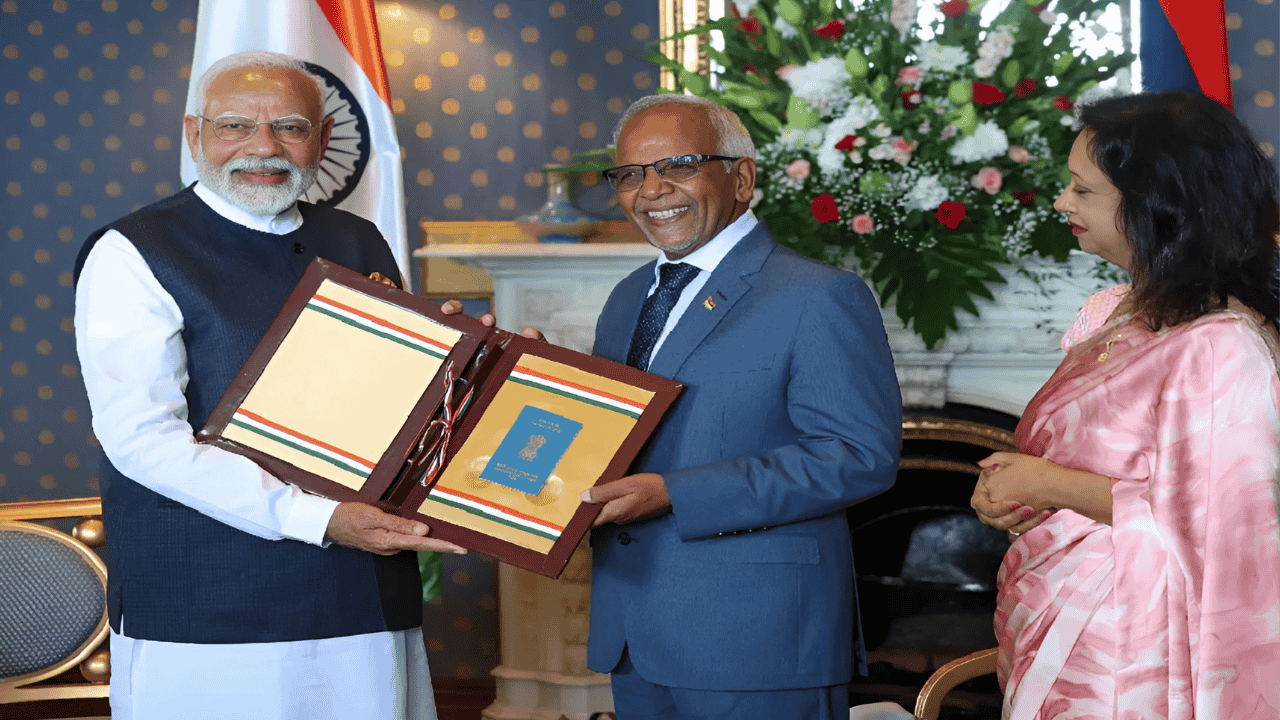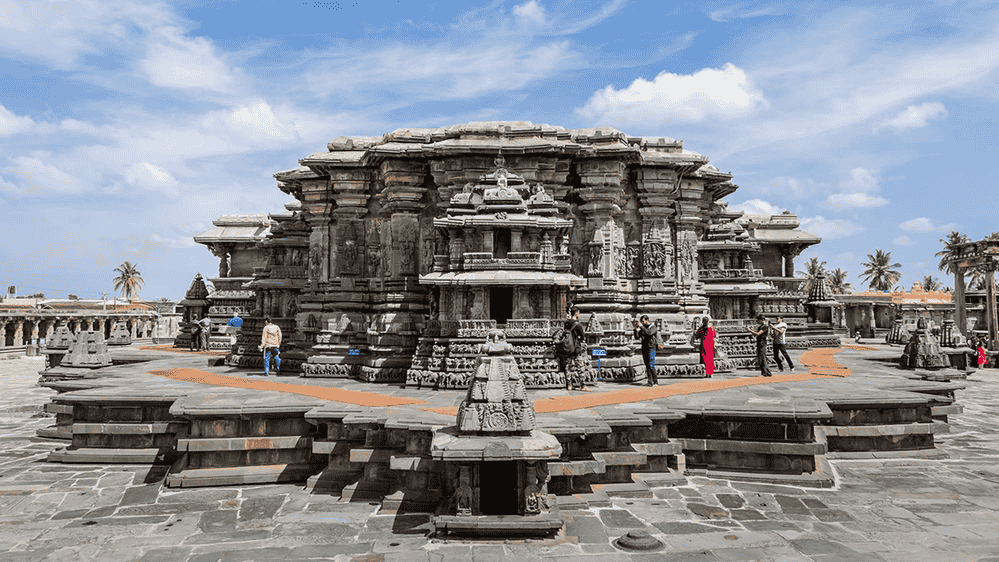Introduction to Dindi: Maharashtra’s Spiritual Folk Dance
Dindi is a renowned spiritual folk dance from Maharashtra, especially popular in the Marathwada region. This devotional dance is performed predominantly on the auspicious day of Kartik Ekadashi, attracting large gatherings of devotees who enact the playful childhood episodes of Lord Krishna with deep reverence.
Historical and Cultural Significance
Religious Roots: Dindi is essentially a religious celebration, deeply rooted in the Bhakti tradition. The dance dramatizes the mischievous and divine acts of Lord Krishna, particularly the famous episode of breaking the curd-pot (dahi matki).
Performance Rituals: Dancers form human pyramids, climbing onto each other’s shoulders to reach and break a pot suspended high above, symbolizing Krishna’s playful nature. The performance is accompanied by devotional songs and the rhythmic beats of the pakhawaj drum.
Musical Elements: A lead singer recites bhakti (devotional) songs, while the pakhawaj player sets the rhythm, creating an atmosphere of devotion and festivity.
Dramatic Portrayal: The dance theatrically presents Krishna’s childhood stories, such as butter theft, cow herding, and other playful acts, making it both a spiritual and cultural spectacle.
Similar Dance Forms
Kala Dance: Closely related to Dindi, the ‘Kala’ dance also enacts the dahi matki-breaking episode, with performers creating human pyramids to reach and break the pot, reflecting Krishna’s childhood pranks.
Key Takeaways for Competitive Exams
Dindi is a spiritual folk dance of Maharashtra, especially prevalent in the Marathwada region.
Performed mainly on Kartik Ekadashi, a significant Hindu festival day.
The dance celebrates the childhood exploits of Lord Krishna, especially the breaking of the curd-pot.
Involves human pyramids, devotional singing, and pakhawaj drumming.
Closely related to the ‘Kala’ dance, which also features the dahi matki-breaking ritual.
Dindi’s roots are in the Bhakti movement, emphasizing devotion and community participation.
Recognized as a unique cultural heritage of Maharashtra and often featured in state celebrations and cultural festivals.
Why This Matters for Exams
Dindi is frequently mentioned in questions on Indian art and culture, especially in exams like UPSC, SSC, Banking, and other competitive tests. Understanding its religious, cultural, and regional significance helps candidates tackle questions in the “current affairs March 2025,” “daily GK update,” “Atharva Examwise current news,” and “competitive exam news” sections. Knowledge of such regional art forms not only boosts cultural awareness but also gives an edge in the art and culture portion of various examinations.
Stay tuned with Atharva Examwise for more such insightful “current affairs” and “daily GK updates” to keep your exam preparation ahead!







